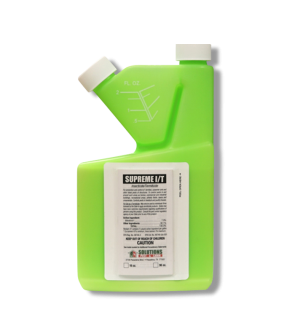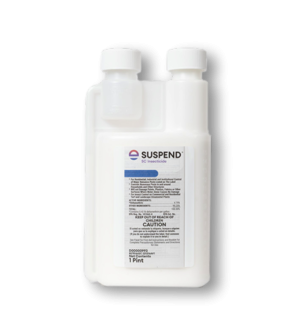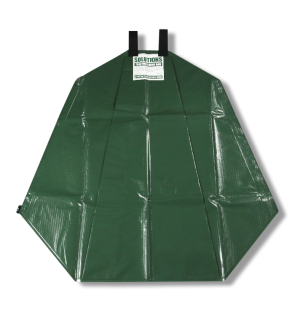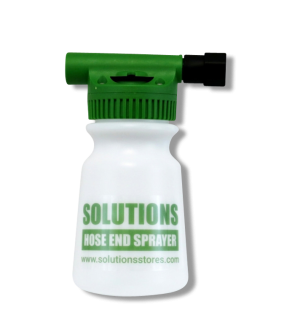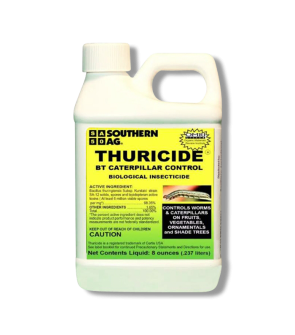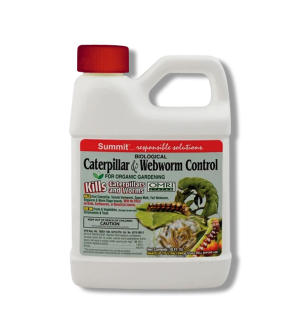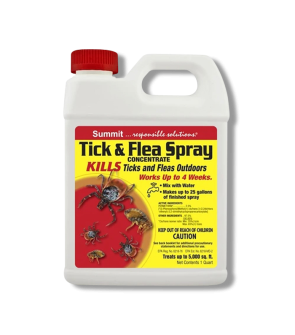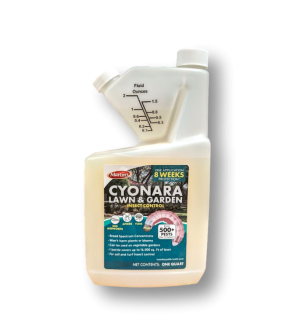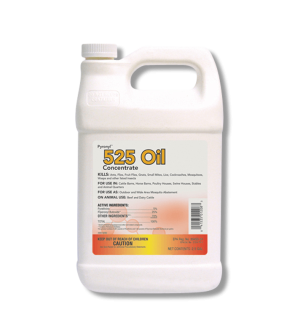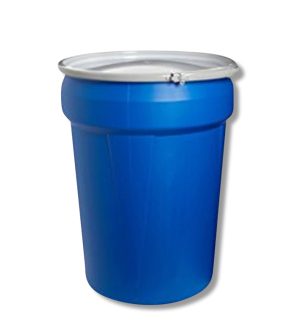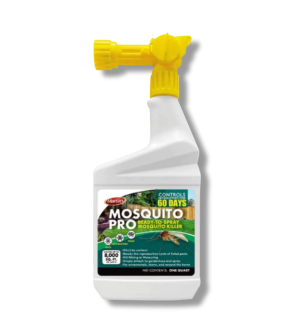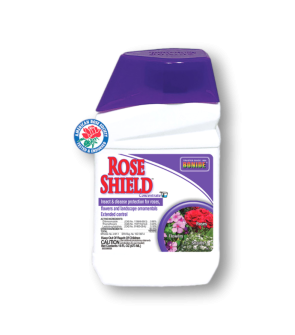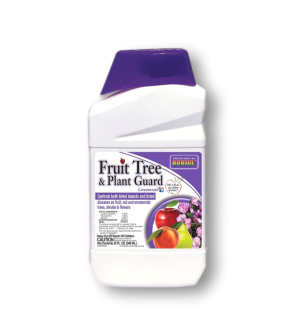Gain access to personalized product screening, the best pricing, rewards, and more!
Most Effective Products
Fall Webworm Control: How to Get Rid of Fall Webworms
This page is a general DIY article on eliminating fall webworms from your property by using the products and methods suggested throughout this guide. Follow this DIY guide and use the recommended products and we guarantee 100% control of fall webworms from your yard.
Those fuzzy caterpillars appearing in the trees and bushes of homeowners properties are called fall webworms. Sometimes they are mistakingly called bagworms, but they are not be confused for each other as they are both separate species.
These caterpillars cannot cause serious damages to foliages, but they can be very unsightly. Most of the time homeowners come across their large masses of webbing from April to September. If trees and shrubs are already struggling then these webs and feeding habits from fall webworm caterpillars can further decrease these plants health.
If you have fall webworms and cannot handle any further cosmetic damages to ornamentals then the information in this DIY guide will be beneficial. Fall webworm control may seem overwhelming due to their large numbers and the variety of foliage they attack, but it can be done with the products and tips in this article.
Identification
Before carrying out a treatment program, you need to make sure that you properly identify the pest to be a fall webworm. Misidentification can lead to using the wrong pesticides and not getting the desired result in eliminating the pest.

- Fall webworm eggs are globular in shape, range between yellow to light green, turning gray before hatching.
- Fall webworm caterpillars (larvae) have pale green to yellow bodies with two rows of black markings across their backs. The head capsules will be either red, black, or entirely black depending on the species. They are also covered sparsely with long white hairs. Mature caterpillars reach about 1 inch in length when fully grown.
- Adult fall webworms moths are white with a wingspan of 1 to 1 1/2 inches. Sometimes they may have small, dark spots on the wings.
Use the description and image above to determine whether the pest you are encountering is a fall webworm. If you are not totally sure, contact our experts and we will try to assist you with correct identification.
Inspection
Once you have confirmed the infestation is fall webworms, you can then move on to inspection. During this phase, you will locate the areas where fall webworms are infesting and observe the conditions that are allowing it to thrive. This information will help you determine where to apply pesticide applications.

Where to Inspect
Fall webworms are mainly seen in their caterpillar stage as they feast upon the leaves of at least 90 species of trees and shrubs.
Commonly they attack hickory, walnut, birch, cherry, crabapple, mulberry, oak, poplar, redbud, sweetgum, and willow.
What to Look For
From late may to early June these pests will lay large masses of 400-500 eggs on the underside of leaves. These clusters of eggs will be covered with white hairs or scales from the abdomen of the adult moth.
Once their caterpillars hatch and begin to feed they will create webs within their feeding sites.
These caterpillars nests will look much like the Eastern tent caterpillar with its large, silk webs. However, they are not to be confused with each other as they are both different species of pests.
The webs of fall webworms are mainly concentrated on the tips of branches, whereas the Eastern tent caterpillars will make their webs at the tree crotches or cruxes.
Also note that you will see Eastern tent caterpillars during the spring and fall webworms during the late summer or early fall.
Treatment
Before you begin any type of pesticide application, you will need to wear the appropriate personal protective equipment (PPE) when mixing or spraying.
Controlling these pests in the summer when they are first seen will help avoid significant large populations and damages in the fall.
Insecticides containing bacillus thuringiensis (bt), spinosad, permethrin, cyfluthrin, bifenthrin, or esfenvalerate are highly effective against fall webworms.
Step 1: Apply Supreme IT
 Supreme IT is a bifenthrin based suspended concentrate insecticide that will eliminate 70 types of insects, including fall webworms. Once dried, this product will create a chemical barrier that will continue to kill and repel pests for 90 days after application.
Supreme IT is a bifenthrin based suspended concentrate insecticide that will eliminate 70 types of insects, including fall webworms. Once dried, this product will create a chemical barrier that will continue to kill and repel pests for 90 days after application.
To cover large treatment areas and higher tree canopies, we recommend using a hose-end sprayer.
Determine how much Supreme IT to use by measuring the square footage of treatment area. To do this, measure the length and width of the treatment area in feet then multiply them together (length X width = square footage).
To get rid of fall webworms, mix between 0.125 to 0.25 fl. oz. of Supreme IT per 1 gallon of water per 1,000 sq. ft. of ornamentals.
Once your solution is evenly mixed, spray the tops and bottoms of foliage to the point of wet, but not runoff.
Keep people and pets away from treated areas until the spray has dried.
Do not apply the solution to any plants grown for consumption.
Trees, shrubs, and other ornamental foliage will have the heavy webs removed during spraying.
After the caterpillars have been eliminated and the treated area is dry, you could water the remaining webs off or use a rake to pull them off.
Prevention
After you have successfully eliminated fall webworms from your property, you will want to ensure these pests do not return. Here are some preventative measures we suggest following to keep fall webworms away.
- The first thing to do against fall webworms is to remove their webs once they are eliminated. Prune away branches affected by the webs and other parts of the limb, leaves, or stems that appear discolored or damaged.
- By simply watering ornamentals you can remove any leftover web material and encourage healthy growth. Adjust watering to no more than 1 inch of irrigation once per week for smaller ornamentals like shrubs. For newly planted or established trees that are 1 to 8 inches in trunk diameter and the branches are 25 inches off the ground we recommend a tree watering bag. The Solutions Tree Watering Bag is a slow-release watering bag designed to deliver 8-10 hours of continous watering with 20 gallons of irrigation. Simply install one of the Solutions Tree Watering Bag around trees with a diameter of up to 3 inches. Zip 2 of the Solutions Tree Watering Bags together for trees 4 to 8 inches in diameter. Wrap the bag around the tree trunk with the tag facing outward and zip the ends together from bottom to top. Lift the tag, insert a hose into the opening, and begin filling with water. Fill the bag to 1/4 capacity. Most trees will need to be watered once a week.
- Lastly, you will to keep up with regular applications of Supreme IT in order to maintain year-round control against fall webworms. Supreme IT will leave a 90 day residual so we recommend quarterly applications. Use 0.25 fl. oz. of Supreme IT per 1 gallon of water per 1,000 sq. ft. on listed ornamentals. We also suggest performing a perimeter barrier around the exterior of your home to keep this pest away. Simply apply 1 fl. oz. of product per 1 gallon of water per 1,000 sq. ft of your homes foundation. Mix and apply this product with a handheld pump sprayer. Spray 3 feet up the foundation and 3 feet out on the ground adjacent to it. Be sure to also treat the door and window frame, eaves, soffits, and other cracks and crevices in the foundation.
Key Takeaways
What are Fall Webworms?
- Fall webworms are a type of moth larvae that are generally known for their destructive webbing and feeding habits during its caterpillar stage.
How to Get Rid of Fall Webworms
- To control fall webworms, we recommend using Supreme IT during the summer to lessen populations in the fall. You should also spray this product at any point in the year when you first notice these pests.
Preventing Fall Webworms Reinfestation
- Prevent fall webworms by applying Supreme IT on a quarterly schedule. Best to make applications to ornamentals and around the extriorior of your homes foundation. Regular plant maintenance such as watering will also reduce egg laying activities and encourage the health of foliage.








